In the world of industrial maintenance and surface treatment, laser rust removal machines have become a game-changer. With their precision, efficiency and environmental friendliness, they are revolutionizing the way we deal with rust and corrosion. As someone who has been in the industry for many years, today I want to share some insights on how these machines determine if they meet standards.

Understanding Laser Rust Removal Machines
Before diving into how these machines determine if they meet the standards, let’s first understand what a laser rust removal machine is and how it works.
What Is a Laser Rust Removal Machine?
A laser rust removal machine is a device that uses high-energy laser beams to remove rust, paint, and other contaminants from surfaces. The laser beam interacts with the rust, causing it to vaporize or ablate, leaving behind a clean, rust-free surface. This process is non-contact, meaning it doesn’t require any physical contact with the surface being cleaned, reducing the risk of damage and ensuring a high level of precision.
How Does It Work?
Laser Generation: The machine generates a high-energy laser beam using a laser source, such as a fiber laser or a CO2 laser.
Beam Delivery: The laser beam is then delivered to the surface through a series of optics, including mirrors and lenses, which focus the beam onto the desired area.
Interaction with Rust: When the laser beam hits the rust, it rapidly heats the rust particles, causing them to vaporize or ablate. The energy from the laser breaks the chemical bonds in the rust, turning it into a gas or small particles that can be easily removed.
Contaminant Removal: The vaporized or ablated rust particles are either blown away by a compressed air system or collected in a dust extraction unit, depending on the machine’s design.

Standards for Laser Rust Removal
Now that we have a basic understanding of laser rust removal machines, let’s explore the standards that these machines need to meet to ensure their effectiveness and safety.
1. Cleaning Efficiency
One of the primary standards for laser rust removal machines is cleaning efficiency. This refers to the machine’s ability to remove rust and other contaminants from the surface effectively. A high-quality laser rust removal machine should be able to remove rust quickly and thoroughly, leaving behind a clean, smooth surface.
2. Surface Quality
Another important standard is surface quality. The laser rust removal process should not damage the underlying substrate or cause any unwanted changes to the surface, such as warping, discoloration, or roughening. The machine should be able to achieve a high level of precision, ensuring that only the rust is removed without affecting the integrity of the surface.
3. Safety Standards
Safety is of utmost importance when it comes to laser rust removal machines. These machines use high-energy laser beams, which can pose serious safety risks if not handled properly. Therefore, they must comply with relevant safety standards, such as those set by the International Electrotechnical Commission (IEC) or the Occupational Safety and Health Administration (OSHA). This includes features like emergency stop buttons, safety interlocks, and proper laser shielding to protect operators and bystanders.
4. Environmental Impact
In today’s world, environmental impact is a significant consideration. Laser rust removal machines should be designed to minimize their environmental footprint. This includes using energy-efficient laser sources, reducing waste generation, and avoiding the use of harmful chemicals that are commonly associated with traditional rust removal methods.
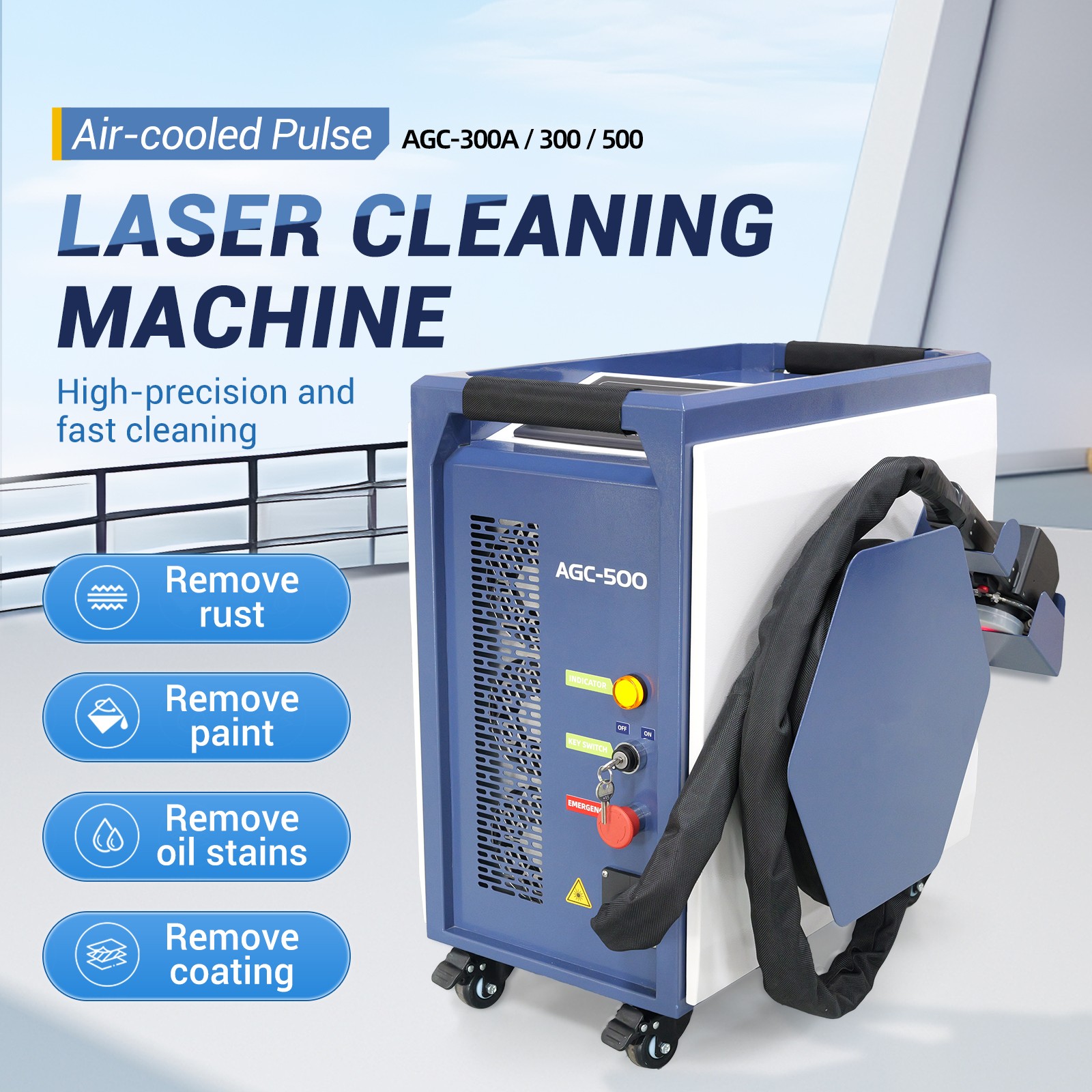
How Laser Rust Removal Machines Determine If They Meet the Standards
Now, let’s get to the heart of the matter: how do laser rust removal machines determine if they meet the standards? There are several ways in which these machines assess their performance and compliance with the set standards.
1. Built-in Sensors and Monitoring Systems
Many modern laser rust removal machines are equipped with built-in sensors and monitoring systems that continuously track various parameters during the cleaning process. These sensors can measure factors such as:
Laser Power: Ensuring that the laser is delivering the correct amount of energy to the surface.
Pulse Duration and Frequency: Monitoring the characteristics of the laser pulses to optimize the cleaning process.
Surface Temperature: Keeping an eye on the temperature of the surface being cleaned to prevent overheating and potential damage.
Cleaning Progress: Some machines can detect the progress of the cleaning process by analyzing changes in the surface reflectivity or the amount of contaminants being removed.
By continuously monitoring these parameters, the machine can adjust its settings in real-time to ensure optimal performance and compliance with the standards. For example, if the sensors detect that the laser power is too low, the machine can automatically increase it to improve cleaning efficiency.
2. Pre-programmed Settings and Presets
Laser rust removal machines often come with pre-programmed settings and presets for different types of surfaces and rust conditions. These settings are based on extensive testing and research and are designed to ensure that the machine meets the necessary standards for each specific application.
Operators can select the appropriate preset based on the material they’re working with and the severity of the rust. The machine will then automatically adjust its parameters, such as laser power, pulse duration, and scanning speed, to achieve the desired cleaning results while maintaining surface quality and safety.
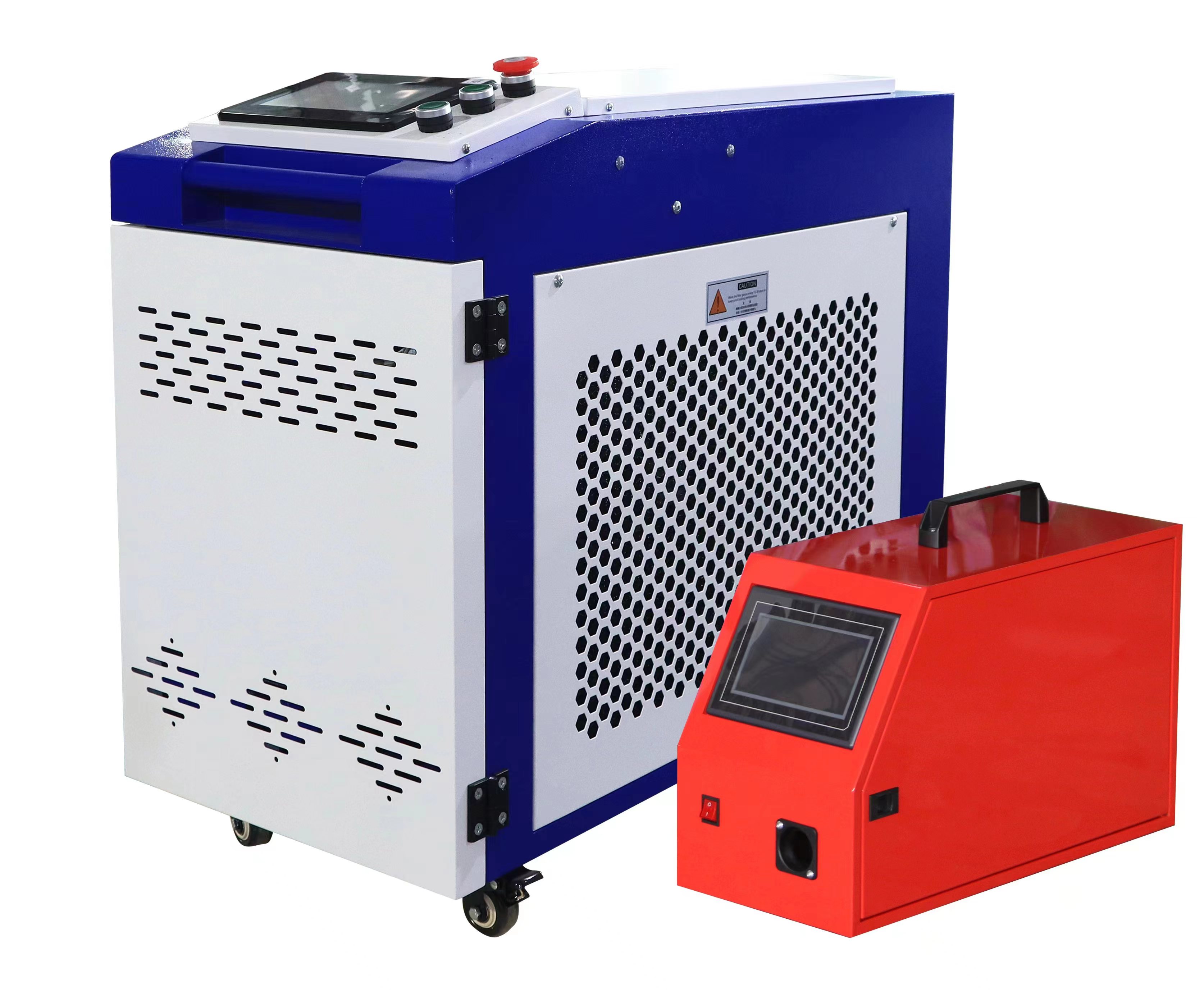
3. Quality Control Checks and Testing
In addition to the built-in monitoring systems, laser rust removal machines may also undergo regular quality control checks and testing. This can include:
Visual Inspection: After each cleaning job, operators can visually inspect the surface to ensure that all rust has been removed and that the surface quality meets the standards.
Surface Roughness Measurement: Using specialized instruments, operators can measure the surface roughness to ensure that it falls within the acceptable range.
Adhesion Testing: For applications where the cleaned surface will be painted or coated, adhesion testing can be performed to ensure that the new coating will adhere properly to the surface.
These quality control checks help to identify any issues or deviations from the standards early on, allowing for timely adjustments or repairs to be made.
4. Compliance with Industry Standards and Certifications
Laser rust removal machines that meet the necessary standards often come with certifications from recognized industry organizations. These certifications serve as proof that the machine has undergone rigorous testing and has been found to comply with the relevant safety, performance, and environmental standards.
When purchasing a laser rust removal machine, it’s important to look for these certifications, as they provide an additional layer of assurance that the machine is of high quality and meets the necessary requirements.

Factors Affecting the Performance and Compliance of Laser Rust Removal Machines
While laser rust removal machines are designed to meet specific standards, several factors can affect their performance and compliance. It’s important for operators to be aware of these factors and take them into account when using the machine.
1. Operator Skill and Experience
The skill and experience of the operator play a significant role in the performance of a laser rust removal machine. An experienced operator knows how to select the appropriate settings, adjust the machine parameters based on the surface conditions, and troubleshoot any issues that may arise.
On the other hand, an inexperienced operator may not be able to optimize the machine’s performance, leading to subpar cleaning results or potential damage to the surface. Therefore, it’s essential to provide proper training to operators to ensure that they can use the machine effectively and safely.
2. Surface Conditions and Material Properties
The conditions of the surface being cleaned and the properties of the material can also affect the performance of the laser rust removal machine. For example:
Rust Thickness and Type: Different types and thicknesses of rust may require different laser settings to achieve optimal cleaning results.
Surface Roughness: A rough surface may require more laser energy or a different scanning pattern to ensure that all rust is removed.
Material Sensitivity: Some materials, such as certain plastics or composites, may be more sensitive to laser exposure and could be damaged if not handled properly.
Operators need to take these factors into account when selecting the appropriate settings for the machine.
3. Maintenance and Calibration
Regular maintenance and calibration are crucial for ensuring that a laser rust removal machine continues to meet the necessary standards. Over time, components of the machine may wear out or become misaligned, affecting its performance.
By following the manufacturer’s recommended maintenance schedule and performing regular calibrations, operators can ensure that the machine is operating at its best and that it continues to meet the required standards.
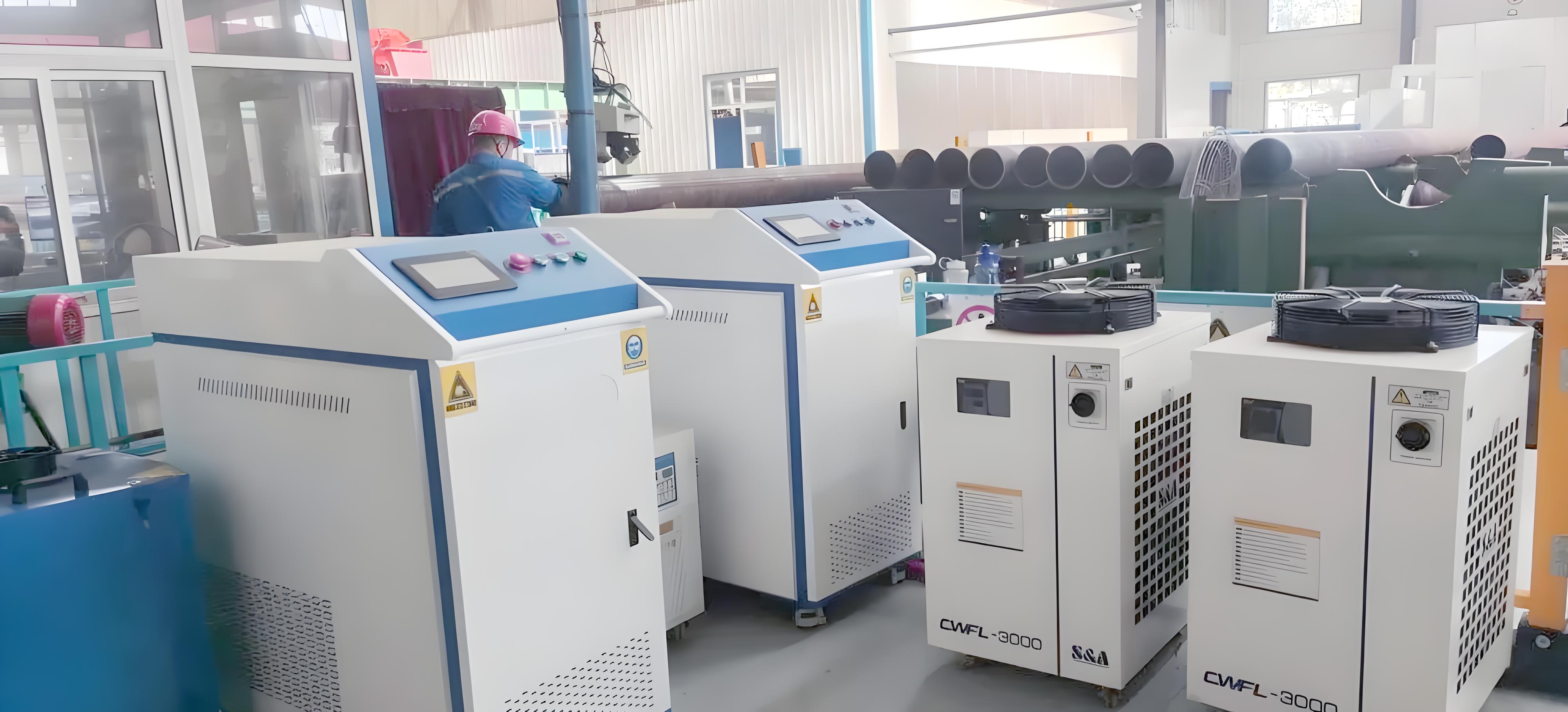
4. Environmental Conditions
The environmental conditions in which the laser rust removal machine is used can also have an impact on its performance. For example:
Temperature and Humidity: Extreme temperatures or high humidity levels can affect the machine’s electronics and laser performance.
Dust and Debris: A dusty or debris-filled environment can clog the machine’s optics or dust extraction system, reducing its cleaning efficiency.
Operators should take steps to mitigate these environmental factors, such as using the machine in a controlled environment or implementing proper dust collection measures.
Comparison Table: Laser Rust Removal Machine Standards and Features
| Standard/Feature | Description | Importance | How Laser Rust Removal Machines Determine Compliance |
|---|---|---|---|
| Cleaning Efficiency | The ability to remove rust and contaminants quickly and thoroughly. | High | Built-in sensors monitor laser power, pulse duration, and cleaning progress. Pre-programmed settings optimize the cleaning process for different materials and rust conditions. |
| Surface Quality | Ensuring that the underlying substrate is not damaged and that the surface remains smooth and free of unwanted changes. | High | Sensors measure surface temperature to prevent overheating. Visual inspection and surface roughness measurement after cleaning. |
| Safety Standards | Compliance with safety regulations to protect operators and bystanders. | Critical | Emergency stop buttons, safety interlocks, and laser shielding. Compliance with IEC and OSHA standards. |
| Environmental Impact | Minimizing the machine’s environmental footprint through energy efficiency and waste reduction. | Moderate to High | Use of energy-efficient laser sources. Avoidance of harmful chemicals. Dust extraction systems to reduce air pollution. |
| Operator Skill and Experience | The ability of the operator to use the machine effectively and safely. | High | Proper training and certification for operators. Clear instructions and user manuals. |
| Surface Conditions and Material Properties | Adapting the machine settings based on the type and condition of the surface being cleaned. | High | Pre-programmed settings for different materials and rust types. Operator input to adjust settings as needed. |
| Maintenance and Calibration | Regular maintenance and calibration to ensure optimal performance. | High | Manufacturer’s recommended maintenance schedule. Calibration tools and procedures. |
| Environmental Conditions | Mitigating the impact of environmental factors on the machine’s performance. | Moderate | Using the machine in a controlled environment. Implementing dust collection measures. |
Real-World Examples and Case Studies
To better understand how laser rust removal machines determine if they meet the standards, let’s look at some real-world examples and case studies.
Case Study 1: Automotive Industry
In the automotive industry, laser rust removal machines are used to clean engine parts, brake components, and other metal surfaces. One automotive manufacturer implemented a laser rust removal system to improve the efficiency and quality of their cleaning process.
The machine was equipped with built-in sensors that monitored the laser power and cleaning progress. By analyzing the data from these sensors, the machine could automatically adjust its settings to ensure optimal cleaning efficiency while maintaining surface quality. Additionally, the manufacturer performed regular quality control checks, including visual inspection and adhesion testing, to ensure that the cleaned surfaces met the necessary standards for painting and coating.
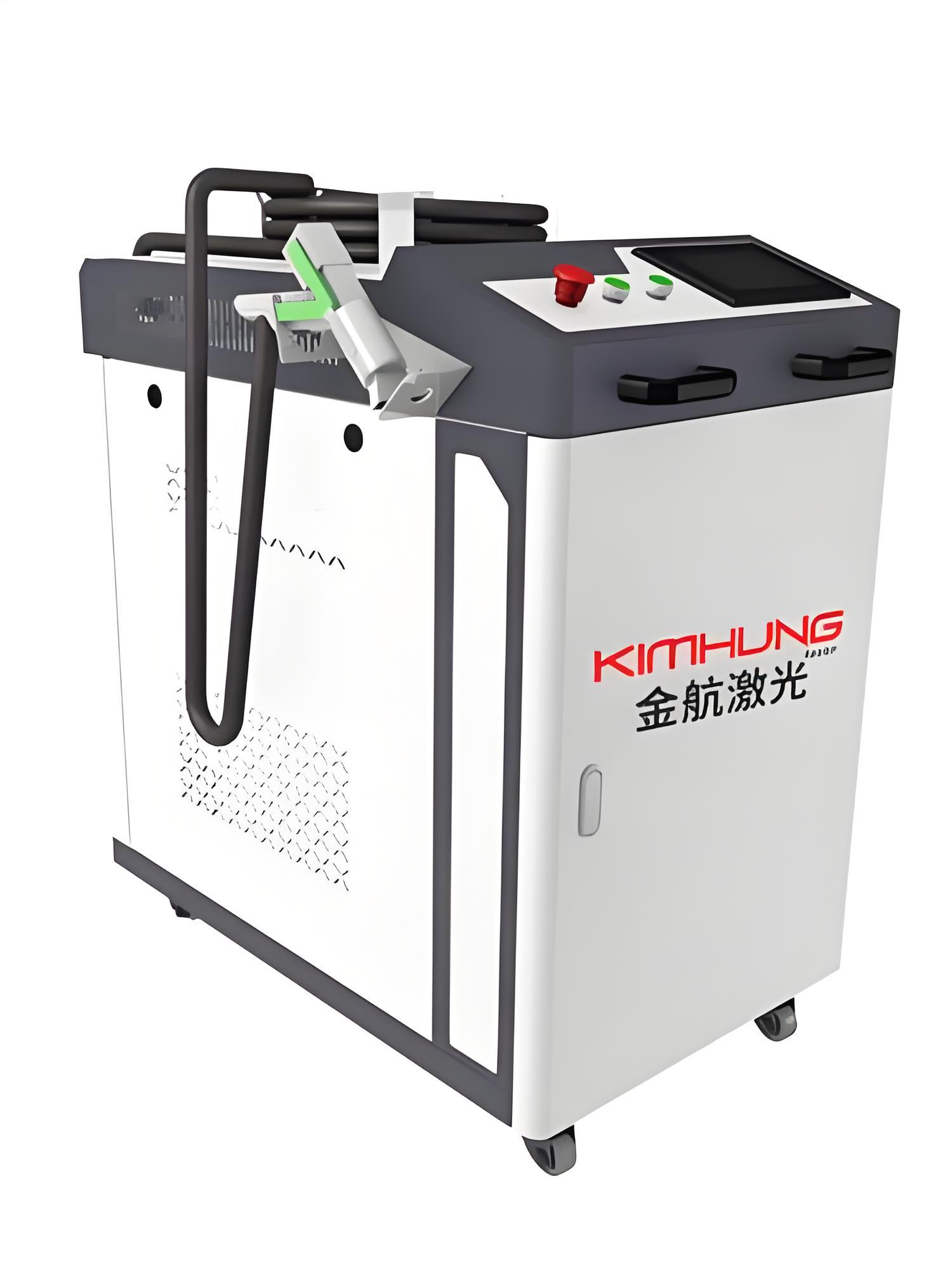
Case Study 2: Shipbuilding Industry
Shipbuilding involves dealing with large metal structures that are often exposed to harsh marine environments, leading to significant rust and corrosion. A shipbuilding company adopted laser rust removal technology to clean ship hulls and decks.
The laser rust removal machine used in this application had pre-programmed settings for different types of steel and rust conditions. Operators could select the appropriate preset based on the specific requirements of the job. The machine also had a dust extraction system to minimize air pollution and comply with environmental regulations. Regular maintenance and calibration were performed to ensure that the machine continued to meet the necessary standards for safety and performance.
Case Study 3: Aerospace Industry
In the aerospace industry, precision and reliability are of utmost importance. An aircraft maintenance facility implemented a laser rust removal system to clean landing gear, engine parts, and other critical components.
The laser rust removal machine used in this application had advanced sensors that could detect even the smallest traces of rust. The machine’s software analyzed the sensor data to determine the optimal laser settings for each component. Additionally, the facility performed rigorous quality control checks, including non-destructive testing, to ensure that the cleaned components met the strict safety standards of the aerospace industry.
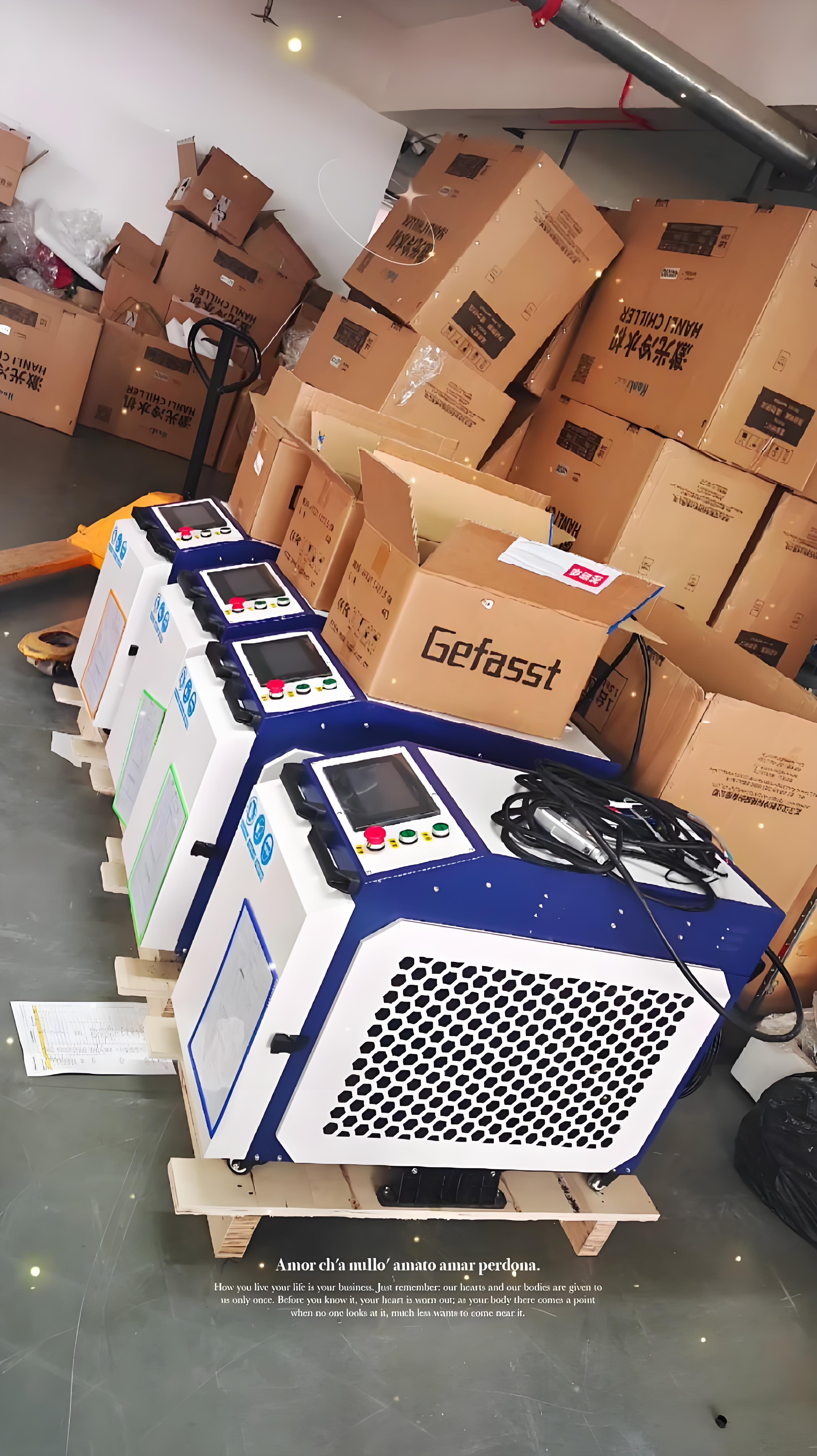
The Future of Laser Rust Removal Machines and Standard Compliance
As technology continues to advance, the future of laser rust removal machines looks promising. We can expect to see even more sophisticated sensors and monitoring systems that can provide real-time feedback on the machine’s performance and compliance with the standards.
1. Artificial Intelligence and Machine Learning
The integration of artificial intelligence (AI) and machine learning (ML) algorithms into laser rust removal machines could enable them to learn from past cleaning jobs and optimize their settings for future applications. These machines could analyze data from sensors, quality control checks, and operator feedback to continuously improve their performance and ensure compliance with the standards.
2. Advanced Materials and Coatings
The development of new materials and coatings that are more resistant to rust and corrosion could also impact the performance and standards of laser rust removal machines. These materials may require different laser settings or cleaning techniques, and laser rust removal machines will need to adapt to these changes to remain effective.
3. Increased Automation
We can expect to see more automated laser rust removal systems in the future. These systems could be integrated into production lines, allowing for continuous and efficient cleaning of large quantities of parts. Automated systems would need to have robust sensors and monitoring systems to ensure that they meet the necessary standards for safety, performance, and quality.
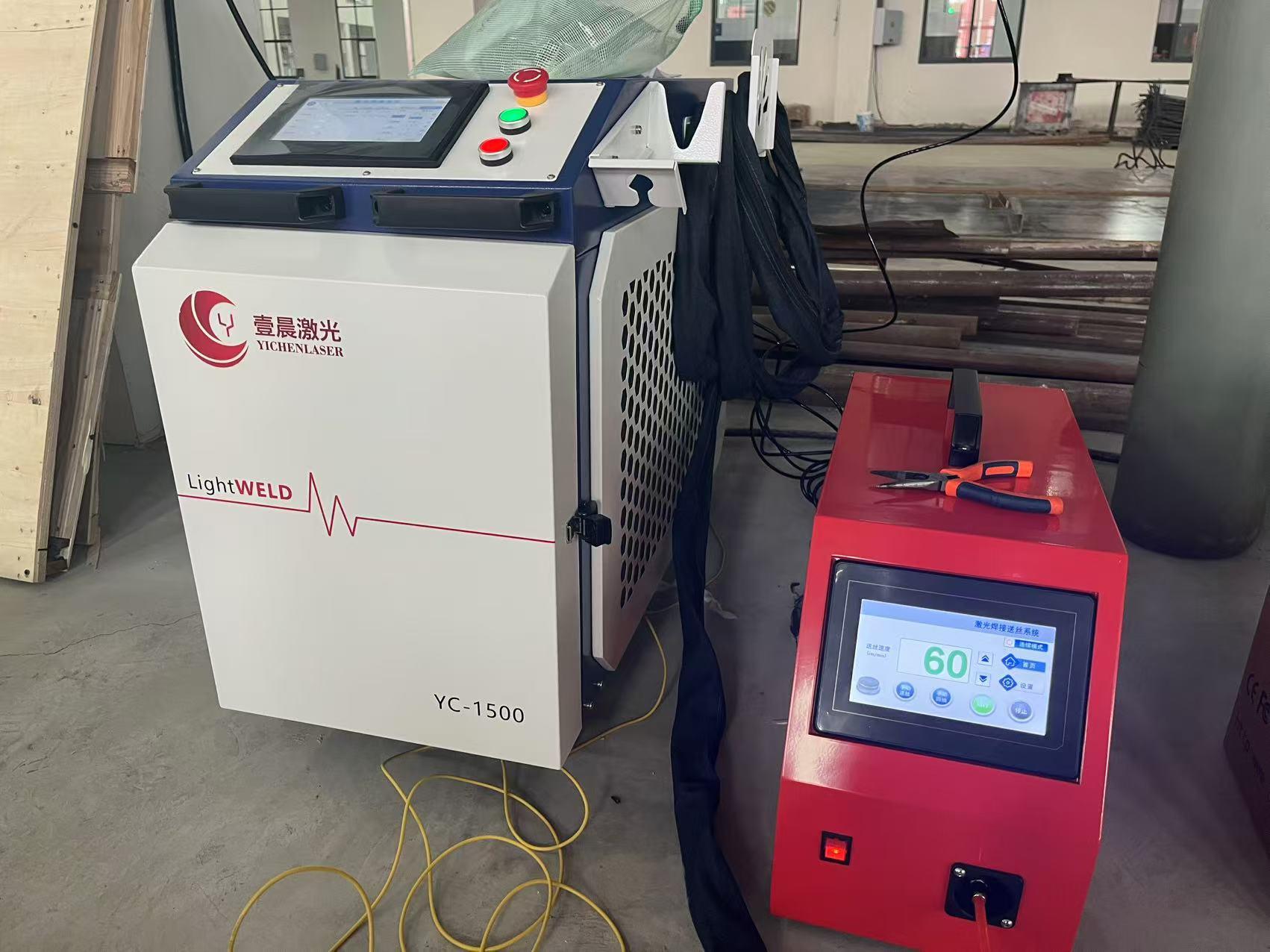
Conclusion
In conclusion, laser rust removal machines determine if they meet the standards through a combination of built-in sensors and monitoring systems, pre-programmed settings, quality control checks, and compliance with industry standards and certifications. However, several factors, such as operator skill, surface conditions, maintenance, and environmental factors, can affect their performance and compliance.
As an industry professional, it’s important to stay up-to-date with the latest advancements in laser rust removal technology and to ensure that the machines you use are properly maintained and calibrated to meet the necessary standards. By doing so, you can achieve high-quality cleaning results, ensure the safety of operators and bystanders, and minimize the environmental impact of your operations.
Whether you’re in the automotive, shipbuilding, aerospace, or any other industry that deals with rust and corrosion, laser rust removal machines offer a powerful and efficient solution. By understanding how these machines determine if they meet the standards, you can make informed decisions when selecting and using them for your applications.
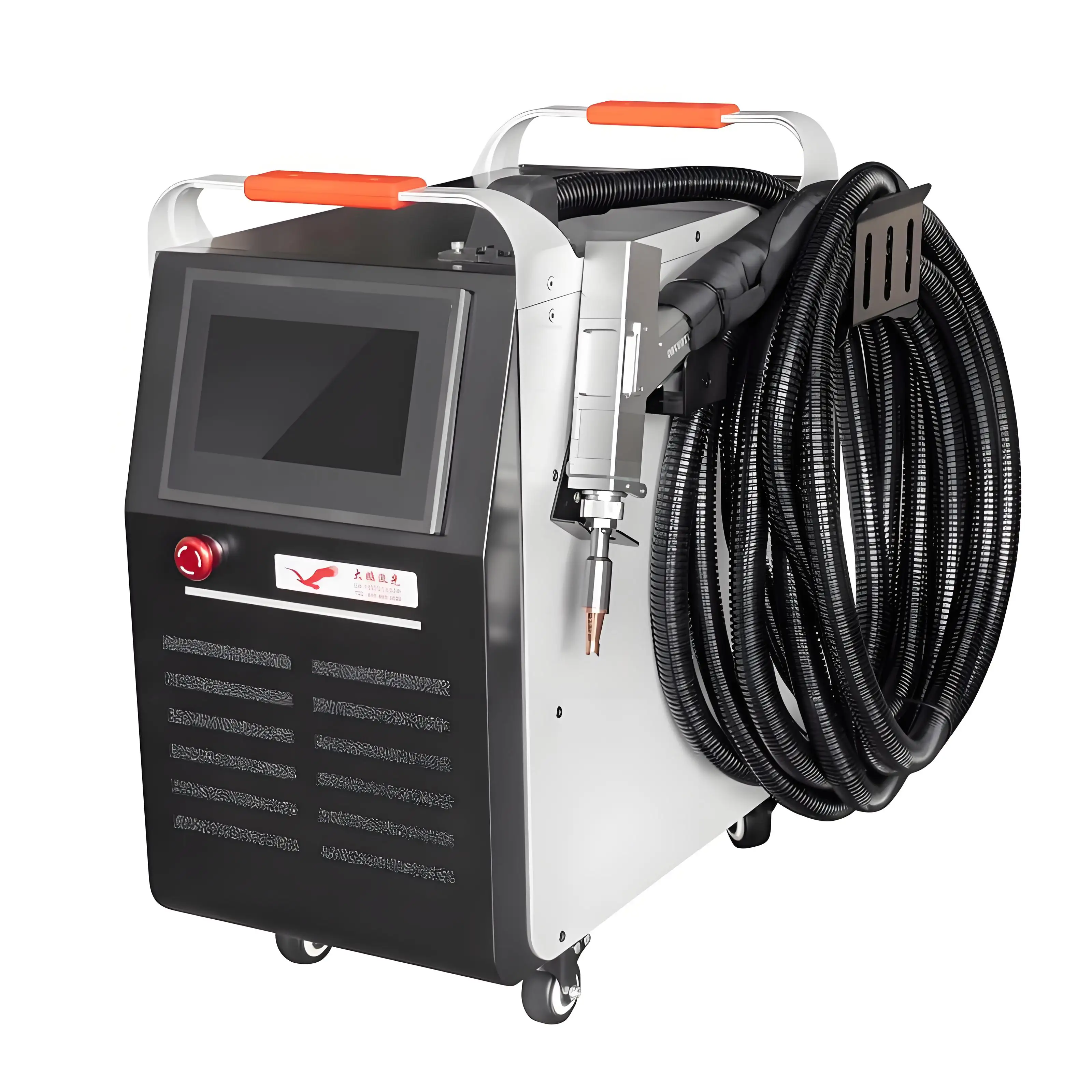
Related Questions and Answers
Q1: How often should a laser rust removal machine be calibrated?
A1: The frequency of calibration for a laser rust removal machine depends on several factors, including the manufacturer’s recommendations, the intensity of use, and the environmental conditions. As a general guideline, it’s advisable to calibrate the machine at least once a year or after any significant maintenance or repairs. However, if you notice any changes in the machine’s performance or if you’re unsure about its accuracy, it’s best to perform a calibration sooner.
Q2: Can laser rust removal machines be used on all types of metals?
A2: Laser rust removal machines can be used on a wide range of metals, including steel, aluminum, copper, and brass. However, the specific laser settings and cleaning techniques may vary depending on the type of metal and its properties. Some metals, such as aluminum, may be more reflective and require higher laser power or different pulse characteristics to achieve optimal cleaning results. It’s important to consult the machine’s manual or the manufacturer’s guidelines for specific recommendations on different metals.
Q3: Are there any safety precautions that operators should take when using a laser rust removal machine?
A3: Yes, there are several safety precautions that operators should take when using a laser rust removal machine. These include wearing appropriate personal protective equipment (PPE), such as laser safety goggles, gloves, and protective clothing. Operators should also be familiar with the machine’s safety features, such as emergency stop buttons and safety interlocks, and follow proper operating procedures. Additionally, it’s important to ensure that the work area is properly ventilated to prevent the accumulation of dust and fumes.
Q4: How can I ensure that the laser rust removal process doesn’t damage the underlying substrate?
A4: To ensure that the laser rust removal process doesn’t damage the underlying substrate, it’s important to select the appropriate laser settings based on the type of material and the thickness of the rust. Start with lower laser power and gradually increase it until you achieve the desired cleaning results without causing any damage. It’s also a good idea to perform a test cleaning on a small, inconspicuous area of the surface before proceeding with the full cleaning job. Additionally, monitoring the surface temperature during the cleaning process can help prevent overheating and potential damage.
Q5: What are the environmental benefits of using a laser rust removal machine compared to traditional methods?
A5: Laser rust removal machines offer several environmental benefits compared to traditional rust removal methods. They don’t use harmful chemicals, such as acids or solvents, which can be hazardous to the environment and human health. Additionally, laser rust removal is a dry process, meaning it doesn’t generate wastewater that needs to be treated. The dust and debris generated during the cleaning process can be collected and disposed of properly, minimizing air pollution. Overall, laser rust removal is a more sustainable and environmentally friendly option for rust and corrosion removal.






